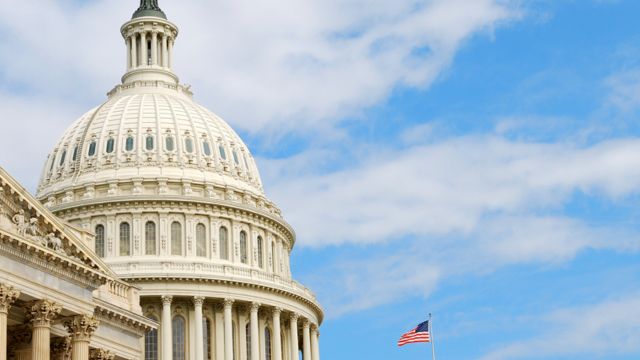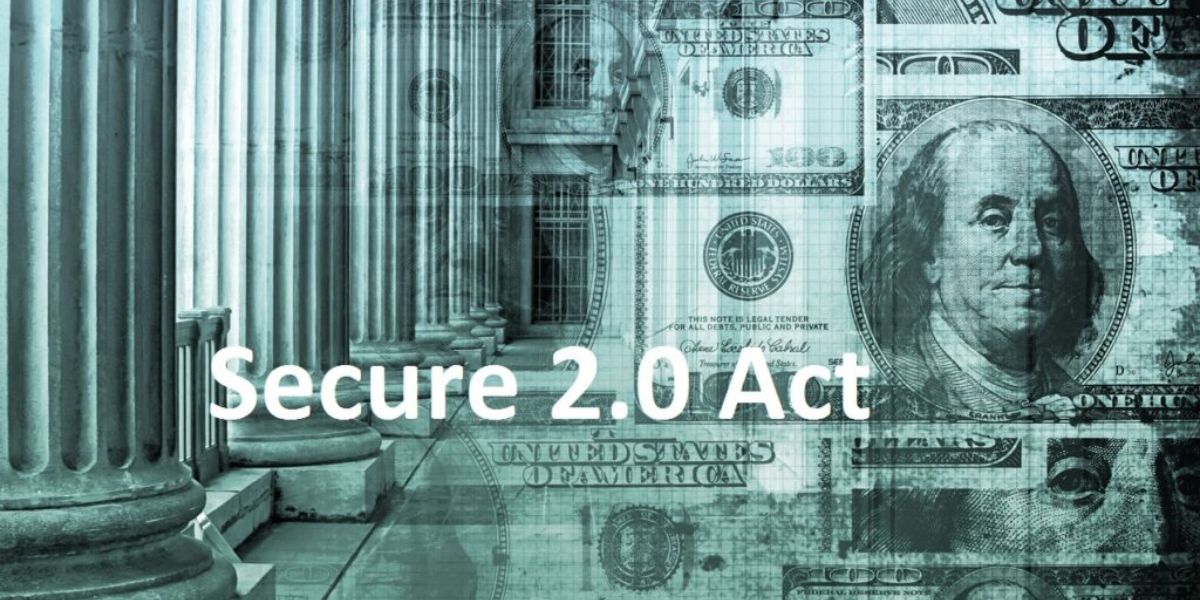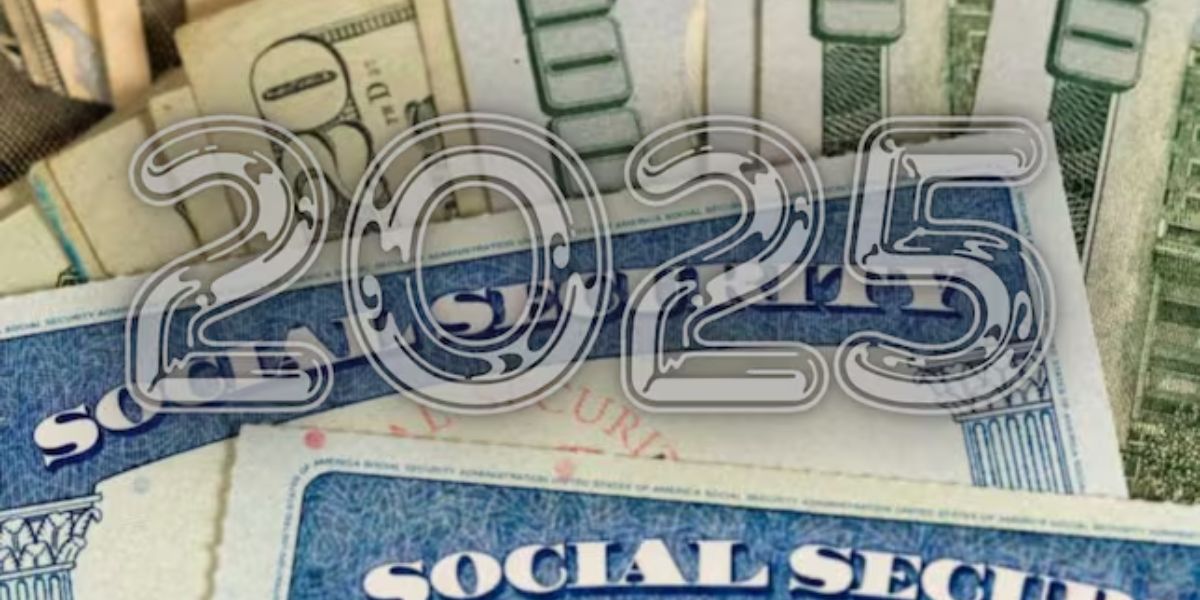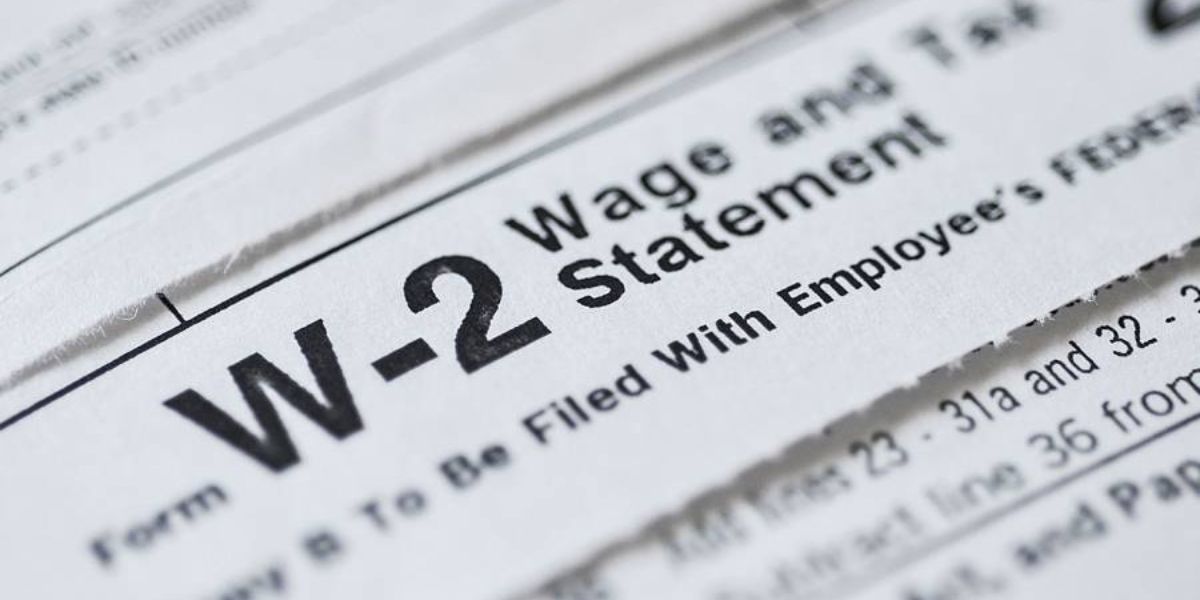Are you trying to find a practical approach to increase your retirement funds? If so, a major 401(k) shift is imminent and is expected to go into effect this year.
Older Americans will be able to contribute more to retirement because of the new provisions of the Secure 2.0 law, which may result in a more secure financial future. You can choose your retirement plan more wisely if you know how this change to the 401(k) rules may affect your savings.
Everything you need to know about the new Secure 2.0 law for retirees this year
Participants in 401(k) plans between the ages of 60 and 63 will be eligible for a new “super catch-up” contribution cap starting in 2025. SECURE Act 2.0 (Secure 2.0 law) allows this age group to contribute the higher of $10,000 or 150% of the regular catch-up amount, which is $7,500 until 2025. If the ordinary limit stays the same, this implies that the super catch-up limit might be $11,250. As you might expect, this offers a significant chance for individuals who are getting close to retirement to increase their savings.
Because they may be at the top of their earning curve and actively seeking methods to increase their retirement savings, people in their early 60s should pay particular attention to this. Many can fill any gaps in their savings and get ready for rising inflation and healthcare costs by utilizing these greater contribution levels. Ted Jenkins, a financial expert, points out that the amazing catch-up in the Secure 2.0 law presents a fantastic chance to make up for any gaps and improve their financial stability.
How can retirees take advantage of the Secure 2.0 law?
People should have a proactive stance to make the most of these increased donation limits. To make sure that you can optimize contributions, it is essential to first assess your budget. Customizing your approach can be aided by speaking with a financial counselor, particularly when it comes to the tax consequences of your contributions. Since the standard 401(k) allows for tax-deferred contributions, it’s critical to match this with your entire financial strategy and the tax environment of the future. Furthermore, several reforms introduced by the Secure 2.0 law will help many Americans save more for retirement.

For instance, starting in 2025, businesses might be forced to enroll workers in retirement plans automatically, ensuring that more people will contribute to their future savings. Additionally, the law permits more flexible access to retirement assets in times of financial difficulty, which may allay worries for a large number of workers. The Secure 2.0 law has several other noteworthy changes in addition to the super catch-up contributions. For instance, the mandatory minimum distribution age has been postponed. This makes it possible for retirement funds to increase for a longer period before withdrawals can start.
New York Announces $475 Million Inflation Refund Program for 8.6 Million People
Additionally, based on the employee’s student loan payments, the act permits employers to make contributions to their retirement plans through student loan matches.
Younger people who are having a hard time-saving money and managing their student loan debt may particularly benefit from this. Another initiative to increase the accessibility and flexibility of retirement savings is the easing of regulations governing hardship distributions and Roth accounts. The goal of these changes, according to financial experts, is to increase Americans’ preparedness for retirement. This can therefore give those who are planning for or anticipating retirement additional choices and incentives to save.
Overall, your savings plan will be impacted by the impending 401(k) regulation change, especially if you are between the ages of 60 and 63.
During a crucial period in your financial life, the super catch-up contribution offers an excellent opportunity to increase your retirement savings. To get the most out of your plan and make sure you’re utilizing all of the new provisions, think about seeing a financial counselor as you get ready for these changes. You can better prepare for a more secure retirement by making well-informed decisions and engaging in careful preparation.




